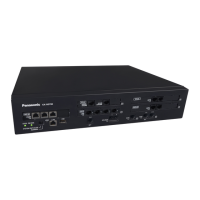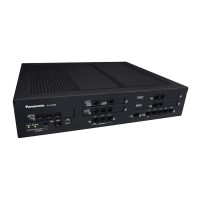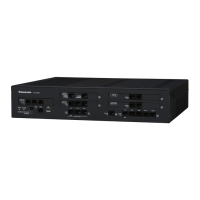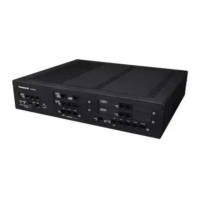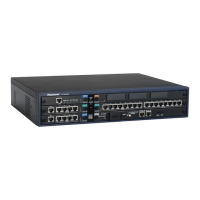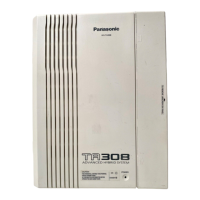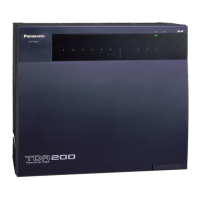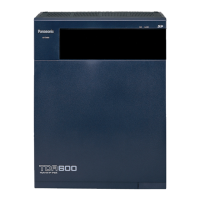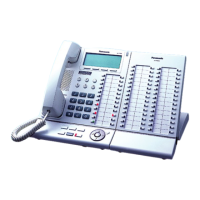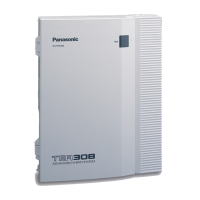5.1.2 Group
Description
This PBX supports various types of groups.
1. Trunk Group
Trunks can be grouped into a specified number of trunk groups (e.g., for each carrier, trunk type, etc.).
Several settings can be assigned on a trunk group basis. All trunks belonging to a trunk group follow the
assignment determined for that trunk group.
® 11.1.1 PBX Configuration—[3-1-1] Group—Trunk Group—TRG Settings
One trunk can belong to only one trunk group on a port basis.
Port basis: ELCOT/LCOT/DID/E & M/ISDN-BRI/ISDN-PRI23/ISDN-PRI30/SIPGW
Channel basis: E1/T1
2. Extension User Group
The PBX supports extension user groups, each of which is used to compose the following groups:
a. Tenant (® 5.1.3 Tenant Service)
b. Call Pickup Group (See below.)
c. Paging Group (See below.)
Every extension must belong to one extension user group, but cannot belong to more than one extension
user group.
® 11.2 PBX Configuration—[3-2] Group—User Group
Assignable Extensions: PT/SLT/PS/SIP Extension/ISDN Extension/T1-OPX
[Example]
Call Pickup Group
Using the Group Call Pickup feature, extensions can answer any calls within a specified group.
One extension user group can belong to several call pickup groups. (® 2.4.3 Call Pickup)
® 11.3 PBX Configuration—[3-3] Group—Call Pickup Group
® 11.3.1 PBX Configuration—[3-3] Group—Call Pickup Group—All Setting
[Example]
Paging Group
Using the Paging feature, extensions can make a page to any paging groups or answer a page to their
own groups. One extension user group or external pager can belong to several paging groups.
(® 2.17.1 Paging)
® 11.4 PBX Configuration—[3-4] Group—Paging Group
® 11.4.1 PBX Configuration—[3-4] Group—Paging Group—All Setting
422 Feature Guide
5.1.2 Group
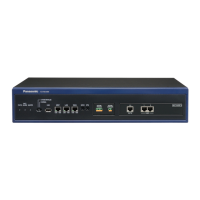
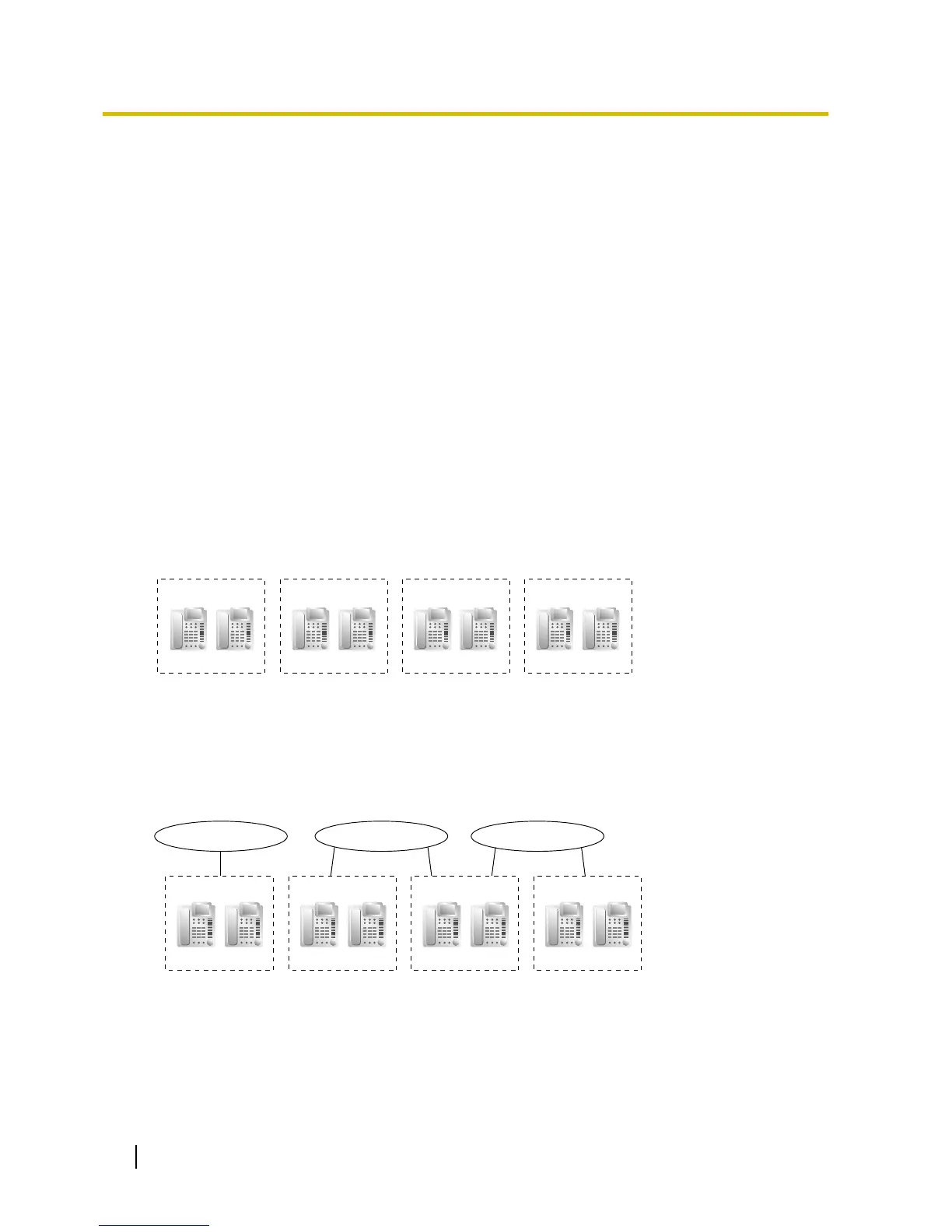